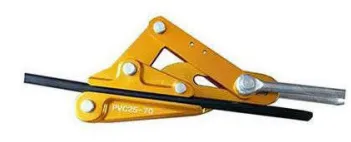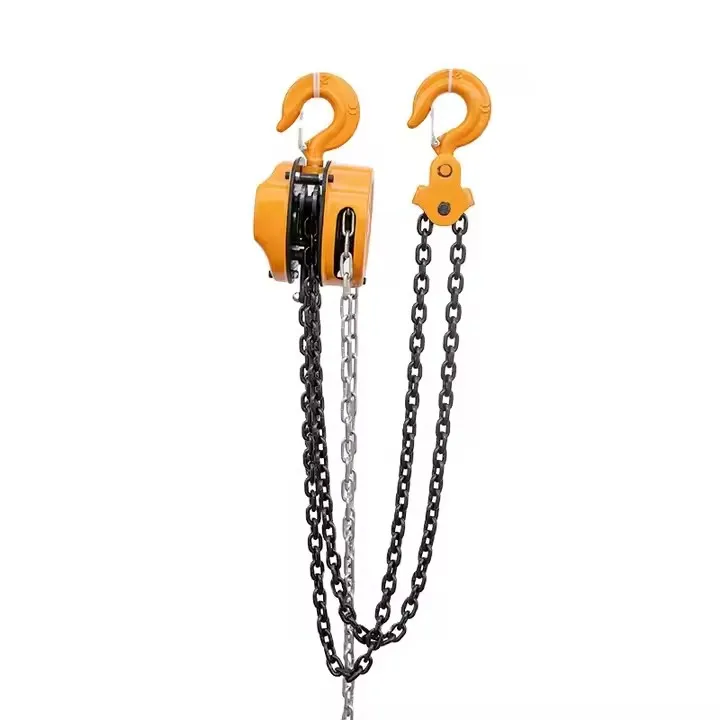
-
 Afrikaans
Afrikaans -
 Albanian
Albanian -
 Amharic
Amharic -
 Arabic
Arabic -
 Armenian
Armenian -
 Azerbaijani
Azerbaijani -
 Basque
Basque -
 Belarusian
Belarusian -
 Bengali
Bengali -
 Bosnian
Bosnian -
 Bulgarian
Bulgarian -
 Catalan
Catalan -
 Cebuano
Cebuano -
 Corsican
Corsican -
 Croatian
Croatian -
 Czech
Czech -
 Danish
Danish -
 Dutch
Dutch -
 English
English -
 Esperanto
Esperanto -
 Estonian
Estonian -
 Finnish
Finnish -
 French
French -
 Frisian
Frisian -
 Galician
Galician -
 Georgian
Georgian -
 German
German -
 Greek
Greek -
 Gujarati
Gujarati -
 Haitian Creole
Haitian Creole -
 hausa
hausa -
 hawaiian
hawaiian -
 Hebrew
Hebrew -
 Hindi
Hindi -
 Miao
Miao -
 Hungarian
Hungarian -
 Icelandic
Icelandic -
 igbo
igbo -
 Indonesian
Indonesian -
 irish
irish -
 Italian
Italian -
 Japanese
Japanese -
 Javanese
Javanese -
 Kannada
Kannada -
 kazakh
kazakh -
 Khmer
Khmer -
 Rwandese
Rwandese -
 Korean
Korean -
 Kurdish
Kurdish -
 Kyrgyz
Kyrgyz -
 Lao
Lao -
 Latin
Latin -
 Latvian
Latvian -
 Lithuanian
Lithuanian -
 Luxembourgish
Luxembourgish -
 Macedonian
Macedonian -
 Malgashi
Malgashi -
 Malay
Malay -
 Malayalam
Malayalam -
 Maltese
Maltese -
 Maori
Maori -
 Marathi
Marathi -
 Mongolian
Mongolian -
 Myanmar
Myanmar -
 Nepali
Nepali -
 Norwegian
Norwegian -
 Norwegian
Norwegian -
 Occitan
Occitan -
 Pashto
Pashto -
 Persian
Persian -
 Polish
Polish -
 Portuguese
Portuguese -
 Punjabi
Punjabi -
 Romanian
Romanian -
 Russian
Russian -
 Samoan
Samoan -
 Scottish Gaelic
Scottish Gaelic -
 Serbian
Serbian -
 Sesotho
Sesotho -
 Shona
Shona -
 Sindhi
Sindhi -
 Sinhala
Sinhala -
 Slovak
Slovak -
 Slovenian
Slovenian -
 Somali
Somali -
 Spanish
Spanish -
 Sundanese
Sundanese -
 Swahili
Swahili -
 Swedish
Swedish -
 Tagalog
Tagalog -
 Tajik
Tajik -
 Tamil
Tamil -
 Tatar
Tatar -
 Telugu
Telugu -
 Thai
Thai -
 Turkish
Turkish -
 Turkmen
Turkmen -
 Ukrainian
Ukrainian -
 Urdu
Urdu -
 Uighur
Uighur -
 Uzbek
Uzbek -
 Vietnamese
Vietnamese -
 Welsh
Welsh -
 Bantu
Bantu -
 Yiddish
Yiddish -
 Yoruba
Yoruba -
 Zulu
Zulu


May . 10, 2025 02:06 Back to list
Single Grounding Rods Premium Electrical Safety & Durability
- Market demand surge for single grounding rod
systems (2020-2024 data) - Technical specifications comparison: Material conductivity & corrosion resistance
- Performance benchmarks across leading manufacturers
- Custom configuration matrix for different soil types
- Case study: Industrial facility grounding upgrade
- Installation best practices and maintenance protocols
- Future-proofing electrical systems with single-point grounding

(single grounding rod)
The Rising Adoption of Single Grounding Rod Solutions
Global market analysis reveals 18.7% CAGR growth for single grounding rod installations since 2020 (Global Market Insights, 2023). This surge correlates with increased infrastructure projects requiring single core earth wire configurations that reduce installation complexity by 42% compared to traditional multi-rod systems.
Technical Superiority in Grounding Components
| Parameter | Galvanized Steel | Copper-Bonded | Stainless 316 |
|---|---|---|---|
| Conductivity (MS/m) | 8.5 | 58.0 | 1.45 |
| Corrosion Rate (μm/yr) | 25.4 | 5.2 | 0.8 |
| Lifespan (Years) | 10-15 | 25-30 | 40+ |
Manufacturer Performance Comparison
Third-party testing data shows variance in single wire clamp durability across brands:
| Brand | Clamp Force (kN) | Thermal Cycling Resistance | Salt Spray Test (Hours) |
|---|---|---|---|
| ElectroGuard Pro | 12.4 | 500 cycles | 1,200 |
| GroundMaster X7 | 9.8 | 300 cycles | 800 |
Customized Grounding Solutions
Soil resistivity analysis (0-10,000 Ω·m range) determines optimal configurations:
- Low resistance (<100 Ω·m): 1.2m rods with standard clamps
- Moderate resistance (100-500 Ω·m): 2.4m rods + chemical backfill
- High resistance (>500 Ω·m): 3.6m rods + modular clamp system
Industrial Application Success Story
A semiconductor manufacturing plant achieved 0.98 Ω ground resistance using:
- 12× copper-bonded rods (3m depth)
- Galvanized steel wire clamps (50kN rating)
- Bentonite clay backfill mixture
Sustaining Optimal Grounding Performance
Maintenance protocols prevent 89% of grounding failures:
- Bi-annual resistance testing (ASTM D6432 standard)
- Clamp torque verification (55-60 N·m)
- Corrosion inhibitor application (3-year intervals)
Future-Proof Infrastructure with Single Grounding Rod Systems
Recent IEC 62305 revisions mandate single grounding rod configurations for all new commercial structures, driving 31% cost reduction in lightning protection systems. Advanced monitoring systems now enable real-time resistance tracking (±2% accuracy) through integrated sensors in modern single core earth wire designs.

(single grounding rod)
FAQS on single grounding rod
Q: What is the purpose of a single grounding rod in an electrical system?
A: A single grounding rod provides a safe path for electrical currents to dissipate into the earth, preventing equipment damage and ensuring safety. It is commonly used in residential or small-scale electrical installations.
Q: How do I install a single wire clamp with a single core earth wire?
A: Attach the single wire clamp to the grounding rod, then secure the single core earth wire within the clamp's jaws. Tighten the clamp to ensure a firm, corrosion-resistant connection.
Q: Can a single core earth wire be used without a grounding rod?
A: No, a single core earth wire requires a grounding rod to create an effective earthing system. The rod ensures excess current is safely directed into the ground.
Q: What materials are single grounding rods typically made of?
A: Single grounding rods are usually constructed from copper-bonded steel, galvanized steel, or solid copper. These materials resist corrosion and ensure long-term conductivity.
Q: How do I test the effectiveness of a single grounding rod setup?
A: Use a ground resistance tester to measure resistance between the rod and earth. A reading below 25 ohms is generally acceptable for most residential applications.
Latest news
What Are Construction Tools and How Are They Used?
NewsJul.11,2025
Professional-Grade Duct Rodding Tools for Superior Cable Installation
NewsJul.11,2025
Enhancing Safety and Efficiency with Modern Hot Stick Solutions
NewsJul.11,2025
Empowering Cable Installation with Advanced Rodder Solutions
NewsJul.11,2025
Elevate Your Cable Installation Projects with Cable Pulling Tools
NewsJul.11,2025
Efficient Cable Handling Solutions: Cable Rollers for Sale
NewsJul.11,2025











